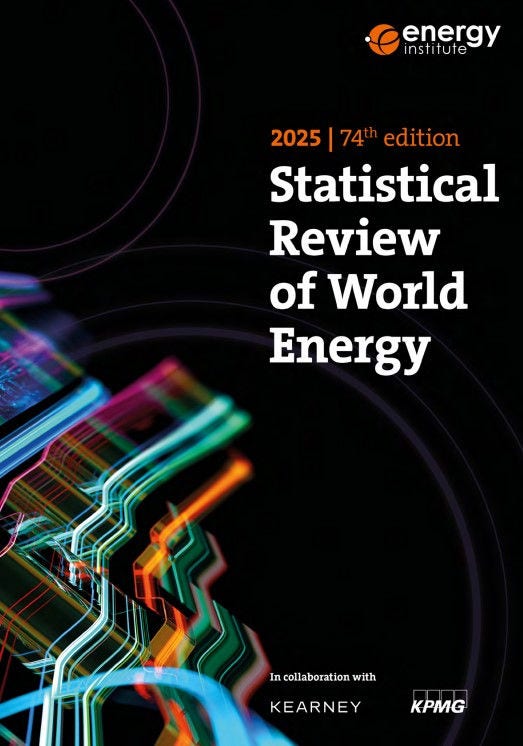The 74th annual edition of the Statistical Review of World Energy is now available.
KPMG, in collaboration with the Energy Institute (EI), presents the annual Statistical Review of World Energy. This report offers in-depth analysis of global energy production, consumption, and emissions, providing valuable insights into the evolving energy landscape.
The Statistical Review serves as a trusted resource for energy professionals, policymakers, and researchers, delivering objective data to inform strategic decisions and policy development. It examines key trends shaping the energy sector, including the growth of renewable energy sources, shifts in fossil fuel consumption, and the impacts of geopolitical events on energy markets.
By exploring the dynamics of the global energy system, the report contributes to a deeper understanding of the challenges and opportunities in achieving a sustainable and secure energy future.





